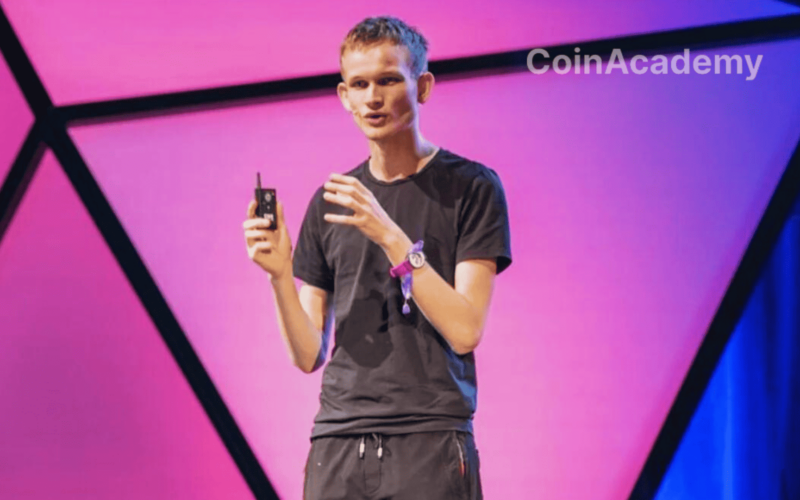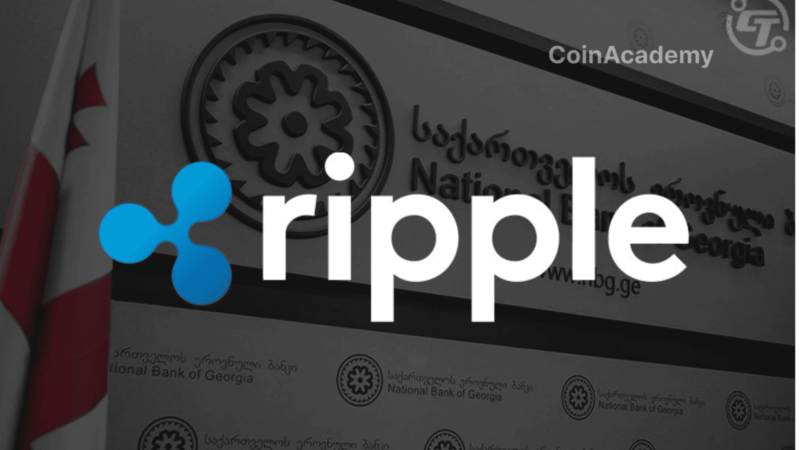L’Upgrade Dencun Introduces Major Innovation with ‘Blobs’, Reducing Costs on Ethereum L2 Networks
The recent Dencun update for Ethereum has brought a significant breakthrough with the implementation of ‘blobs’, aiming to greatly reduce transaction costs on Layer 2. Vitalik Buterin, co-founder of Ethereum, shares his vision for Ethereum’s future steps towards mass adoption, focusing on the development and improvement of L2.
Many have claimed that the absence of large-scale applications over the past decade proves that cryptocurrencies are useless. I have always opposed this notion: practically all cryptographic applications that are not just financial speculation depend on low fees – and if fees are high, it’s no wonder we primarily witness financial speculation!
Vitalik Buterin
The Era of ‘Blobs’ and the Future of Layer 2
The Dencun update and the introduction of ‘blobs’ mark a turning point in Ethereum’s scalability, allowing for a significant reduction in costs for grouped transactions on L2 networks. These networks, such as Polygon, Arbitrum, and Optimism, will directly benefit from this update by accessing a dedicated space for data availability, or ‘blobspace’, on the Ethereum base layer.
Vitalik envisions the introduction of ‘data availability sampling’ as one of Ethereum’s future goals. This more efficient method of verifying blobs could significantly increase the network’s blobspace capacity, allowing for the processing of approximately 1.33 megabytes of data per second.
Strategies for L2 Improvement
To improve L2, Vitalik suggests reducing transaction size through data compression, using Layer 1 more efficiently for security, and intensifying internal scalability of rollups. He also advocates for a shift towards true decentralization with L2 networks whose code can only be modified by security councils in exceptional circumstances.
Development and Decentralization for the Future
With ‘blobs’ now in place and the increasing adoption of L2 underway, Vitalik emphasizes the importance for developers to create protocols that meet the standards of the current decade. He calls for leveraging available tools to build applications that are both cypherpunk and user-friendly.
While supporting the development of more advanced features on the Ethereum base layer to simplify and reduce bug risks on L2 networks, Vitalik also proposes several solutions to further decentralize Ethereum staking away from major staking providers. These solutions include creating new forms of more accessible staking, such as ‘rainbow staking’, and implementing harsher financial penalties for staking ‘whales’.




